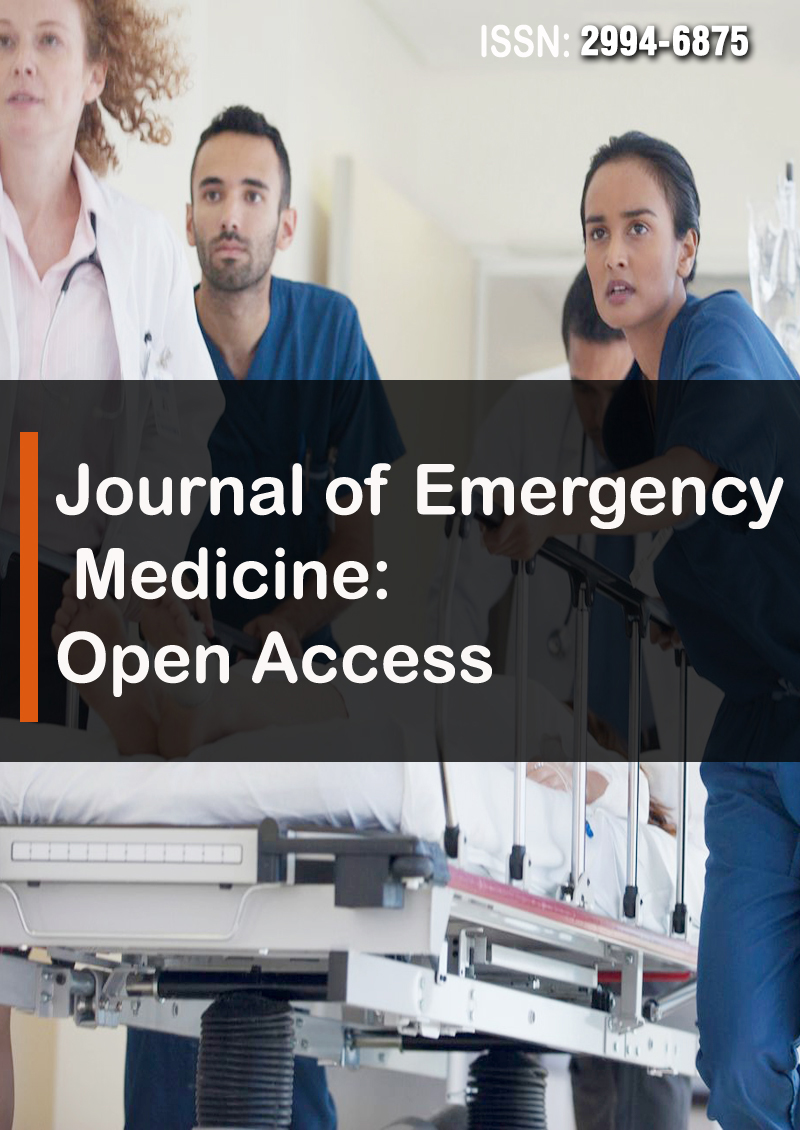Corchorus Olitorius Leaves Affect Nutrient Utilization and Improve Biochemical Indices of Alloxan Induced Diabetic Wistar Rats
Abstract
Nuria Chinonyerem Oganezi and Philippa Chinyere Ojimelukwe
The effective management of type 2 diabetes depends on the ability to improve insulin utilization, regulate blood glucose, and control hyperlipidaemia. Performance of Corchorus olitorius leaves in these three areas was evaluated using alloxan induced diabetic Wistar rats. Nutrient composition of C. olitorius leaves was determined using standard AOAC methods; alpha-amylase inhibitor content of the leaves was determined after extraction with four solvent systems. Some bioactive compounds in C. olitorius were identified with GC-MS. Diets were formulated to contain 0-20% C. olitorius and fed to alloxan-induced diabetic rats for 70 days. Indices of nutritional quality, biochemical indices and histopathology of the pancreas were compared in the experimental animals. Water and 99% ethanol were the best solvents for extracting alpha amylase inhibitor from C. olitorius leaves. 9-octadecanoic acid (Z), benzoic acid,2 phenyl ester, 9-octadeceneZ- methylester and hexadecenoic acids were major bioactive compounds identified in C. olitorius leaves by GC-MS. Formulated diets containing C. olitorius decreased feed intake, body mass gain, glycosylated haemoglobin (HBA1c), fasting blood glucose (FBG), total cholesterol (TC), triglycerides (TGs) in a concentration dependent manner. HDL-C (good cholesterol) increased. C. olitorius caused the regeneration of the pancreas of the alloxan -induced diabetic rats. Corchorus olitorius leaves is effective for the control of hyperglycaemia and hyperlipidaemia.



